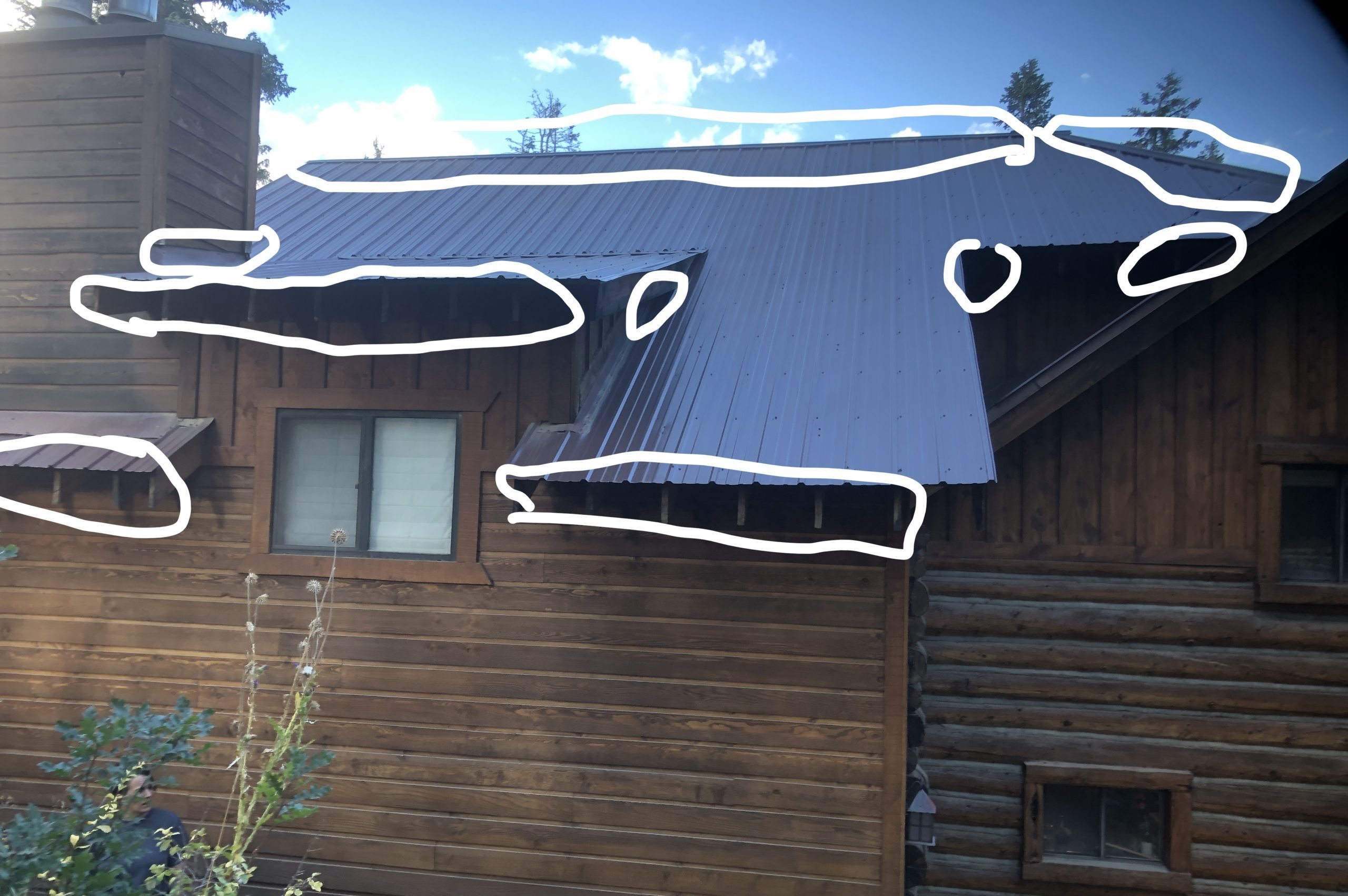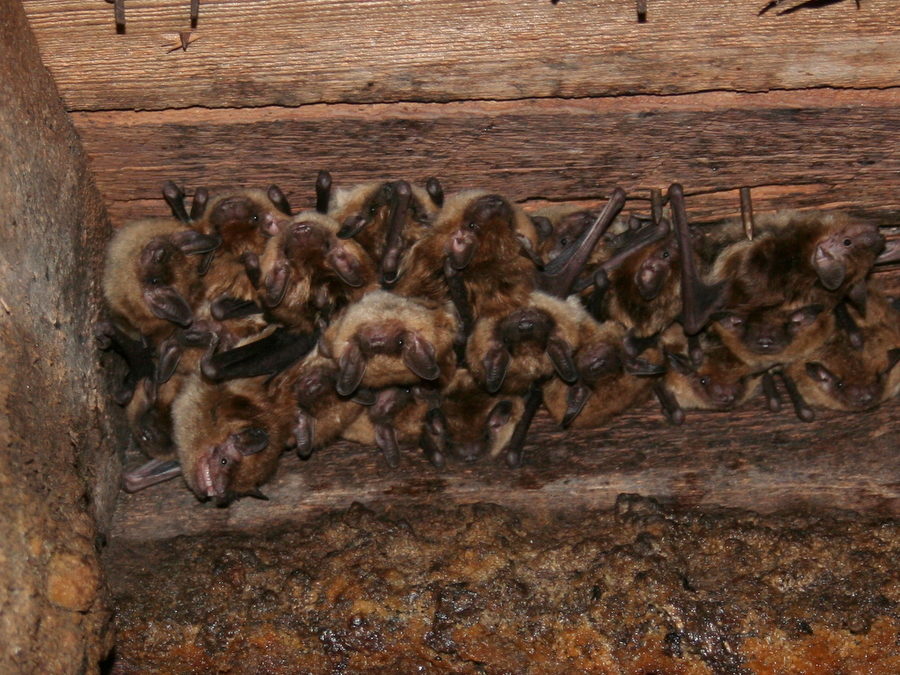It is approaching bat season here in the Four Corners. Soon bats will be coming out of hibernation and returning to their summer roosts. Some of those roosts may include your home.
Bats prefer to inhabit the south-facing side of structures for warmth. Under the roofs of the older cabin-style homes in the Southwest are particularly inviting and easy to access.
There is no need to worry if you currently have bats inhabiting a structure on your property. In most cases, a colony can be removed without causing any harm to the bats or damage to your home.
It is important, though, to have bat colonies removed once their presence is confirmed. The buildup of guano can eventually cause damage to your home’s materials and is not healthy for the bats or yourself.
Detecting Presence
Detecting the presence of bats in your home can be fairly easy. You will more than likely hear them moving about throughout the day, especially early morning as they are returning and at about sundown as they fly out.
You can also watch potential entrances for bat activity or may notice guano on the ground, on your porch, or stuck to window screens.
Bats most commonly enter buildings through the roof edge, ridge cap, and valleys. They may also slip through eaves, attic or roof vents, chimney stacks, and siding.
After removing a bat colony, a total structure seal-up is needed to eliminate all potential entrances and exits. Otherwise, the creatures will continue to return.

Bat Removal
It is best for removal to occur in the months bats are active rather than hibernating. Though many of Colorado’s bat species will migrate farther south for hibernation or move to caves where temperatures are regulated, this is not true for all species. The big brown bat, for example, does not migrate and may continue roosting in homes and other structures.
It is essential to ensure all bats have evacuated before final closures are put in place. This can be extremely difficult if the bats are not yet active.
This is why to avoid trapping bats, we only offer removal services when movement can be detected (typically from late May to October). During the removal process, we also do our due diligence to ensure all bats have left the structure. This includes installing nets designed to allow the creatures to exit the structure, but not re-enter.
After installation, we will wait a few days to ensure bats are no longer exiting the roof. When no further presence is detected, our crew will put a permanent closure in place.
You may watch a video of our process here: Bat Watch Video
Safety Around Bats
Capturing a bat or removing a colony should always be done by a trained professional, as they do carry diseases transmittable to humans.
Bats, like most other wildlife, prefer to avoid contact with people. It is always best for your safety, as well as the animals, to let wildlife be.
That said, bat presence around your home is not a bad thing. They keep mosquito populations and other insect pests under control. A colony of bats can consume an unimaginable amount of insects in a small amount of time. Plus, they contribute to plant pollination and seed dispersal.
Protecting Bats
Once your home is bat-proof, you can still encourage the colony to stick around by installing bat boxes. These structures come in a variety of sizes and are meant to provide shelter for bats while roosting.
It is not a guarantee that bats will take up residence. For a bat box to be successful, placement is highly important, as colonies prefer south-facing structures that cannot be reached by predators. Even still, it may take months or even years for bats to consistently occupy a box.
If they do choose to stay and use the newly provided houses, however, this could help reduce risks presented by requiring displaced bats to leave a familiar area.
Protecting bats and their habitat is especially important now that habitat loss and diseases such as white-nose syndrome threaten their health and longevity.
This is why our team at San Juan Wildlife practices safe and humane management methods. Our goal is to help these special creatures thrive – just not under your roof.
For more information on bat control, check out our bat species page.
To learn more about their behavior and ecological importance, read our other post – Bats – An Unsung Hero.

